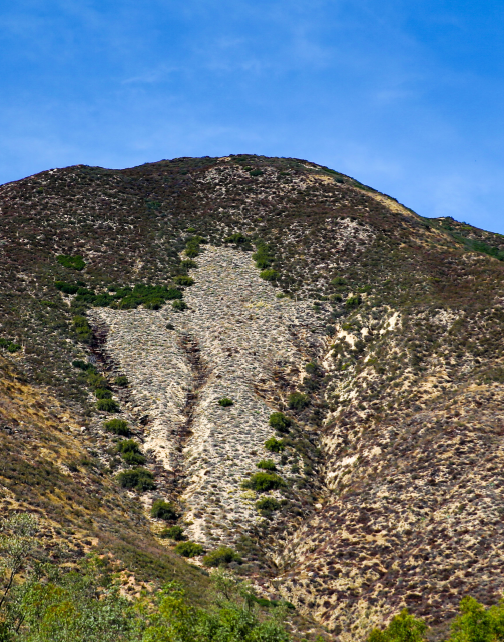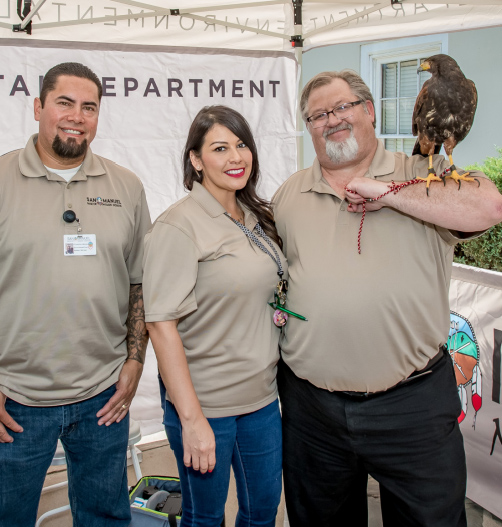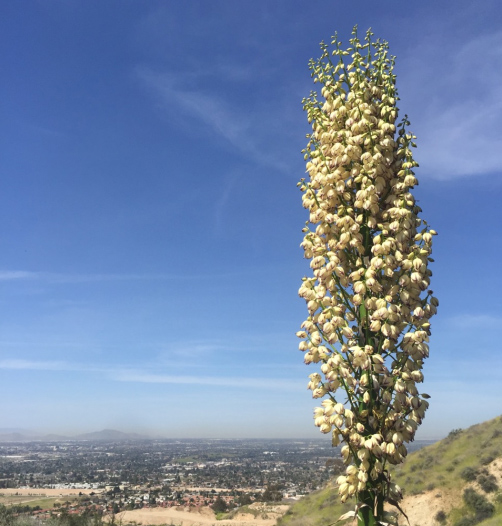

Environmental Sustainability
Environmental Stewardship & Sustainability

The San Manuel Environmental Department (SMED) strives to protect Tribal lands and resources on the San Manuel Reservation through unwavering stewardship and community outreach. The Serrano have always been environmental stewards of natural resources so the SMED incorporates traditional knowledge with modern technologies to implement an elite hybrid of best management practices. Some significant resources incorporated into current SMED programs include air, water, soil erosion, and recycling. As part of our pollution prevention and native species preservation, we manage an invasive species program and hazardous materials disposal program as well.

Reduce, Reuse, Recycle Program

The SMED hosts quarterly events to provide new and creative ways to recycle and properly dispose of solid waste on our Reservation. These events allow Tribal Citizens and team members to properly dispose of hazardous waste, electronic waste, clothing, and documents in a safe and secure way at no charge. This is done to help reduce greenhouse gas emissions as well as reduce the amount of hazardous waste that is released in the environment that has the potential to contaminate air, water, and the food that we eat. Some special tools we use on the Reservation include a:
Cardboard baler that reduces cardboard waste volume up to 90% and increases the Tribe's diversion rate while creating revenue through recycling Liquid Food Digester that digests all pre-consumed food within 24 hours

Fauna

Our Reservation and surrounding community has a unique ecosystem. We protect wildlife and assist with efforts to recover endangered species, conserve migratory birds, and preserve wildlife habitat. We ensure wildlife resources are considered during project planning and construction. We also conduct Vector Control and manage a Mosquito Surveillance Program to minimize West Nile and Zika risks to the Tribal Community.

Flora

Protection and prevention of negative impacts to native flora is currently conducted to assist in increasing native plant diversity and developing a healthy ecosystem full of native culturally significant plants. We do this by preserving what exists, replanting where possible, and eradicating competing species non-native to the area. SMED reviews Reservation development plans and incorporates as much of existing native flora into the new design as possible. When replanting is needed, SMED maintains a native seedbank and greenhouse to help ensure propagation of significant native species continues.
Water Monitoring

The Water Monitoring Program consists of monitoring several springs, ponds, one well, and several reaches of Sand Canyon Creek. SMED monitors for flow rates and water quality. Water quality monitoring of springs, Sand Canyon Creek, well water, and ponds involve the measurement of pH, dissolved oxygen, specific conductivity, temperature, and turbidity.
Air
Program

SMED assists the Tribal Casino with its air permitting—the regulation of casino air emitters. The Tribe uses all best available emission control technologies and is continuously striving for excellence in this arena of environmental responsibility.
Sustainable Energy

The Tribe is continuously creating a diverse energy portfolio consisting of innovative technology. From the use of solar panels and electric vehicle charging stations to the creation of the Tribe’s own Utility Authority and participation in the Western Area Power Administration (WAPA), San Manuel is dedicated to energy self-sufficiency.
Sovereignty & Regulatory Compliance

The United States has a unique legal relationship with tribal governments based on specific constitution, treaties, statutes, executive orders, and court decisions. Under the American legal system, Indian tribes have sovereign powers separate and independent from federal and state governments. This means that tribal governments have the same powers as federal and state governments to regulate their internal affairs, with a few exceptions. Because of the unique nature of Tribal sovereignty and specific federal legislation recognition, the Tribe is a collaborator with various agencies, such as the Army Corps of Engineers; Environmental Protection Agency; Department of Agriculture, Fish and Wildlife Service; US Geological Survey; and the California Environmental Protection Agency’s Tribal Advisory Committee under the following laws:
The Clean Water Act The Clean Air Act The Endangered Species Act The Migratory Bird Treaty ActThe Tribe also has created its own internal ordinances, practices, and policies that help ensure the protection of natural resources and the environment on the Reservation. These include an Environmental Protection Act, a Solid Waste Ordinance, and other directives.

